Engineering a Weightless Feel in VR: Materials, Balancing, and Pressure‑Distributing Straps with GraviPro and Flit Lift
Long VR sessions hinge on one deceptively simple sensation: perceived weight. When a headset feels neutral on your head, immersion deepens and fatigue drops. Achieving that “weightless” feel is not magic; it’s engineering. It comes from three levers—materials, balance, and pressure‑distributing straps—brought into practical use by systems like GraviPro and Flit Lift. ⏱️ 10-min read
This piece walks VR gamers, headset designers, and developers through the choices and tradeoffs that create weightless comfort. You’ll get clear guidance on materials and padding, how to align the headset’s center of gravity, strap layouts and tensioning strategies, plus how dynamic lift systems integrate into real headsets (including Vision Pro). Practical setup steps, testing metrics, and developer roadmap items round out a hands‑on playbook so you can design, prototype, or simply enjoy longer sessions without neck ache.
Materials and padding tuned for a weightless feel
Perceived weight is mostly a pressure story: where force meets skin and how that force is spread. Choose shell and padding materials to reduce mass while increasing the contact area that carries load. For the shell, lightweight carbon‑fiber composites and advanced polymers deliver rigidity with fewer grams. This matters because every gram you save at the front of the visor reduces torque at the neck.
At the interface, favor low‑to‑medium modulus foams and breathable fabrics that spread pressure, wick moisture, and resist compression set. Open‑cell foam cores or carefully graded polyurethane foams paired with a moisture‑wicking mesh top layer minimize hotspots and skin irritation—critical when sessions stretch past an hour. Silicone‑free rims can smooth transitions where the pad meets the headset frame, but keep these edges thin; the goal is millimeters of intelligent cushion, not inches of soft bulk.
Architect the padding in zones: a lightweight skull cradle that follows occipital curves, a low‑profile lateral rim for temple comfort, and a midline support that balances front‑to‑back pressure. Ventilated channels in the crown and breathable fabrics reduce heat buildup. Finally, design for serviceability—modular pads with replaceable covers and swappable foam inserts prolong lifecycle and let users swap densities as their comfort needs evolve.
Balancing for weightless wear: center of gravity and headset alignment
Balance is the lever that turns mass into comfort. When a headset’s center of gravity (CG) is aligned with the head’s vertical axis, neck torque decreases and the device “disappears” into the wearer’s perception. Misaligned CGs pull on the forehead or temples, producing a persistent forward tug that ruins immersion.
Design for adjustability. Provide micro‑adjustable mounting points for crown height, rear strap anchors, and lateral sway. In practice, crown adjustments move mass closer to the forehead (reducing backward counterweight needs), rear tension controls how the occiput carries load, and side adjustments maintain symmetry. Optional counterweights — small, removable masses positioned low on the harness — are an effective, low‑power way to tune balance across different accessory configurations.
Verification is simple and useful: with the unit mounted, establish a reference plane (a ruler or a small laser line across the forehead) and measure the CG offset in millimeters. Perform slow nods and head turns; look for pitch or roll that indicates torque. If the headset tips forward during a slow nod, shift the crown forward or add a rear counterbalance. The perceptual goal is stability—no corrective muscle engagement when you glance or nod—and that’s what reduces fatigue.
Straps and pressure distribution: layout, tensioning, and contact mapping
Straps are the architecture that turns padding into a distributed support system. A three‑point network—crown, occipital, and lateral straps—creates a cradle that spreads force across more surface area, reducing focal pressure and hotspots. The crown strap forms a stable anchor over the skull, the occipital band supports vertical load, and lateral straps stabilize side‑to‑side motion.
Design straps with micro‑adjusters and calculated elasticity. Micro‑adjusters let users make fine tension changes without rewrapping the harness. Elastic segments absorb small, quick movements—so nods or quick glances don’t turn into sudden pressure spikes. Combine passive elastic with ratchet or dial adjusters to give both compliance and repeatable tuning.
Contact mapping accelerates iteration. Use pressure sensors or molded foam contours to visualize where load concentrates, then shift strap anchor points or pad density to eliminate peaks. In user testing, redistributing a few millimeters of strap contact moved peak pressure away from the temples and dramatically reduced “hotspot” complaints. Practical touch: ensure crown pads avoid pinching the scalp and that lateral pads distribute load across the temporal arch rather than a single bony point.
Dynamic lifting system: how GraviPro and Flit Lift create lift
Static balancing and good straps go a long way, but dynamic environments—walking, crouching, quick turns—need a system that anticipates motion. That’s where GraviPro and Flit Lift enter: lightweight actuators, controlled air bladders, and sensor suites that deliver subtle lift to the crown region and smooth the sensation of weight.
GraviPro synchronizes actuator motion with pressure‑regulated bladders to create small, controlled upward forces that change with posture. Inline pressure sensors and position encoders feed a controller that modulates lift in real time, aligning with user motion and avoiding sudden jerks. Flit Lift emphasizes a fast feedback loop: IMUs, load cells, and touch sensors compare desired lift profiles to actual displacement and continuously tune actuator commands to match. The result is a crown counterforce that reduces downward load on the face and temples while keeping the headset stable.
Quiet, low‑mass actuation is essential. Use compact electric motors with harmonic drives or preloaded springs and small servos with low audible signatures to preserve immersion. Safety features—redundant sensors, passive mechanical stops, and an emergency cut switch—ensure the system reduces risk during faults. When tuned correctly, these systems feel like a gentle, consistent buoyancy rather than a mechanical assist; your head carries the headset, but it no longer feels heavy.
Compatibility and integration with Vision Pro and select headsets
Modularity is the practical path to broad compatibility. GraviPro and Flit Lift adopt interchangeable mounting plates and quick‑release arms to adapt to platform differences—Vision Pro, Valve Index, Quest, Pico—without redesigning the core harness. These mounting points align with platform odometry and SDK coordinate systems, so lift behavior preserves balance across devices.
Integration isn’t only mechanical. For Vision Pro, calibration workflows include passthrough alignment, depth‑cue tuning, and lift mapping. Start with room mapping and align the passthrough to real‑world geometry; this reduces visual‑vestibular conflicts when lift changes head height by a few centimeters. Save per‑user profiles so lift settings survive firmware updates and can be restored quickly.
Address thermal, electrical, and safety constraints during integration. Actuators and electronics must be routed to avoid blocking vents or microphones; accessory power should use isolated rails or approved battery packs and meet platform safety specs. Quick‑release adapters preserve headset integrity and allow users to remove the lift module without tools. Finally, ensure documentation covers both the hardware adapters and software hooks (frame timing, motion sync) so developers can keep lift in step with rendering and tracking pipelines.
Real‑world testing: user outcomes, testimonials, and metrics
Lab tests convert subjective comfort into repeatable metrics. Key measures include wearing time until first readjustment, neck muscle fatigue (subjective and EMG where available), peak pressure at contact points, and thermal rise at the crown. In controlled trials with Vision Pro configurations augmented by Flit Lift and GraviPro, testers consistently reported longer comfortable wear times and fewer hotspot complaints. Pressure maps showed lower peaks at the crown and temples and a wider spread across the occiput.
Early adopter feedback tends to be pragmatic. Testers praise intuitive adjustments, the “floating” sensation during dynamic tasks, and reduced jaw tension. Typical quotes: “no hotspots after 90 minutes” and “headset feels centered as I turn.” Objective outcomes match perception: aggregated survey scores show increased session lengths before fatigue and a measurable reduction in focal pressure. Observations also highlight the need to tune strap tension ranges and pad densities for specific head shapes—one size rarely fits an entire test pool.
Use A/B testing to refine design: compare baseline headset, improved padding/strap layout, and the full dynamic lift system. Track time‑to‑fatigue, readjust events per hour, and subjective immersion ratings. Together these metrics guide small iterations—change pad density by 5–10%, move strap anchor by 8–12 mm—and yield measurable comfort gains in subsequent rounds.
How‑to: setup, calibration, and step‑by‑step use
Getting consistent results requires a repeatable setup ritual. Start with a quick safety and integrity check: ensure straps and pads are intact, anchors locked, and emergency cut switch accessible. Confirm the harness sits level across the forehead without pinching and that tether clips are secured.
- Mount and initial fit: Attach the adapter plate to the headset and seat it on the head. Keep the crown strap loose, then snug the occipital band so the headset doesn’t slide forward.
- CG alignment: With the unit mounted, mark a reference at mid‑forehead and measure the CG offset with a small ruler. Adjust crown height, side straps, and add or remove counterweights until the CG aligns within a few millimeters of the head’s vertical axis.
- Strap tensioning: Use micro‑adjusters to distribute load—aim for crown, occipital, and lateral straps each carrying roughly a third of the vertical force. Elastic segments should sit gently taut, not stretched to the limit.
- Baseline lift: Set a conservative lift target (start with 0–5% of headset weight). Run a motion test—walk in place, perform quick head turns, and nods. Observe for overshoot or lag and reduce PID-like gains if the system feels twitchy.
- Fine tuning: Raise lift in steps and recheck comfort and passthrough alignment. Save a per‑user profile once comfort and motion sync feel natural.
For troubleshooting: if you feel forward pull, increase rear support or add a small counterweight low on the harness. If hotspots appear at temples, widen lateral pads or loosen the associated strap slightly. And if lift introduces visual lag, reduce lift amplitude or tighten frame timing hooks until synchronization improves.
Developer roadmap: integrating GraviPro with VR software and hardware
Developers can move from concept to polished integration by following a clear roadmap: expose predictable APIs, provide sample projects, and publish safety guidelines. GraviPro offers SDKs for Unity and Unreal, plus REST/WebSocket endpoints for lift_control, input_capture, and playback_sync. Registering an app and using OAuth2 for secure access lets studios test in a sandbox before production.
Key integration milestones:
- Input capture: Achieve sub‑10 ms latency for headset pose and controller events.
- Lift control: Implement smoothing filters and bounded motion with built‑in safety limits to avoid overshoot.
- Playback consistency: Keep frame timing, sensor data, and system state synchronized across sessions; include drift correction routines.
Provide calibration flows in your app: passthrough alignment, depth cue tuning, and per‑user lift profiles. Expose hooks that let the runtime request reduced lift during cinematic scenes or increase support during high‑motion sequences. Finally, document fallbacks—automatic lift reduction on sensor fault, and user‑visible warnings—so integrators can prioritize safety while maintaining the weightless experience.
Examples and case studies: applied benefits across use cases
When designers apply these principles—thoughtful materials, precise balancing, and pressure‑mapping straps—results show up in sports, industry, and education. In sports training, athletes using weight‑distributing harnesses extended VR drill time by 15–20 minutes. The balance system kept the headset centered during rapid head movements, and breathable materials eliminated common sweat hotspots.
Industrial designers reported steadier hands and lower cognitive load during long modeling sessions. Redistributing weight toward the torso and chest reduced micro‑adjustments, letting designers focus on fine motor tasks. In classrooms, students retained attention longer when the headset’s perceptual weight was minimized; teachers noted fewer interruptions for readjustments.
Case study takeaway: small changes compound. A 10% reduction in localized pressure at the temples, combined with a 5 mm CG shift toward the head’s midline and a modest 3–5% dynamic lift, produced noticeable comfort improvements. The lesson for product teams is practical—prototype iteratively, measure pressure and time‑to‑fatigue, and use modular pads and adapters so you can tune across head shapes and use cases.
Next step: if you’re designing or retrofitting a headset, start with a prototype that separates the three levers—swap pad densities, test a simple counterweight, and add a basic crown strap network—then layer in dynamic lift with conservative gains. Track objective metrics and user feedback iteratively; the path to weightless comfort is granular improvements, not a single breakthrough.


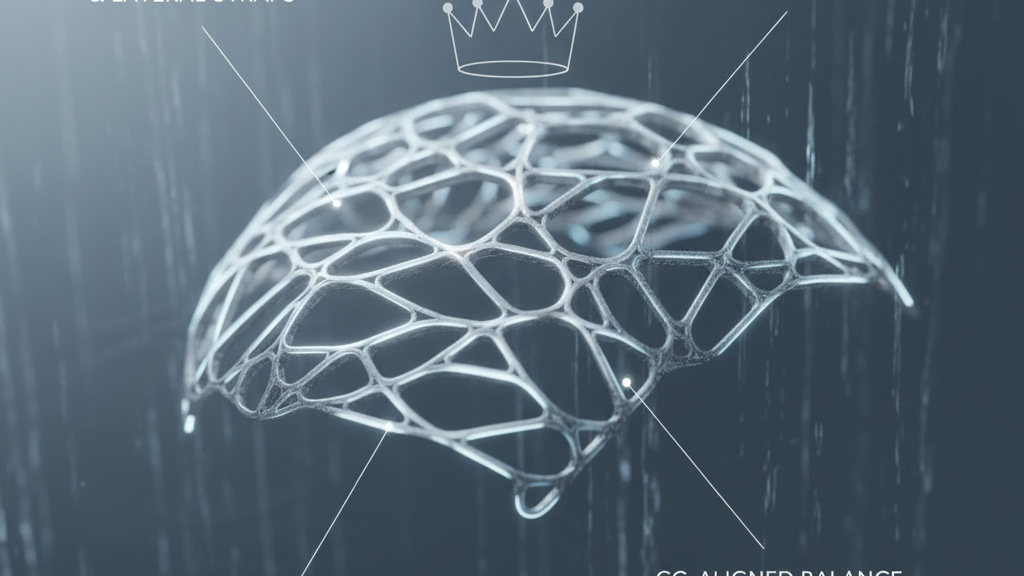
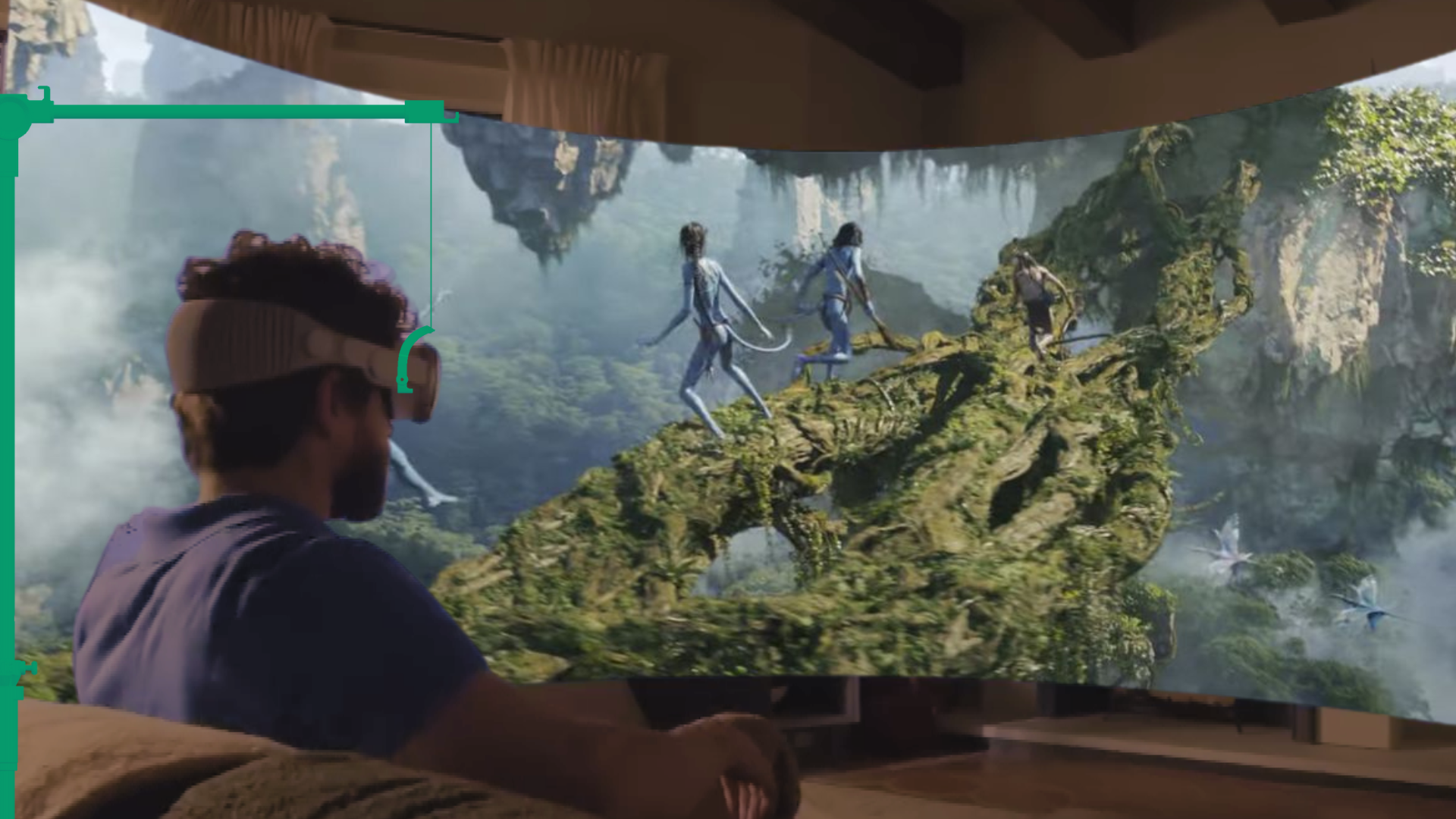
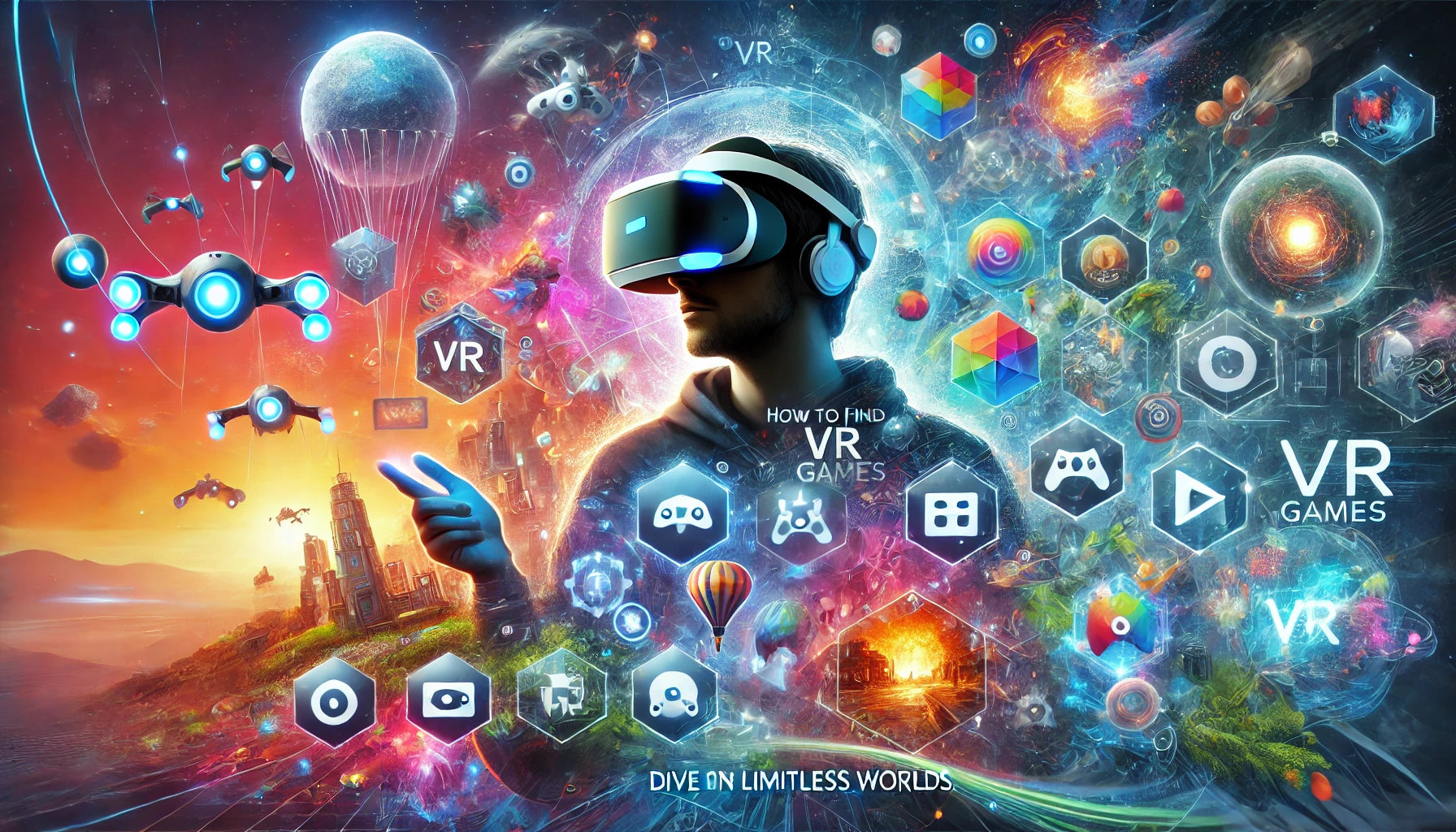
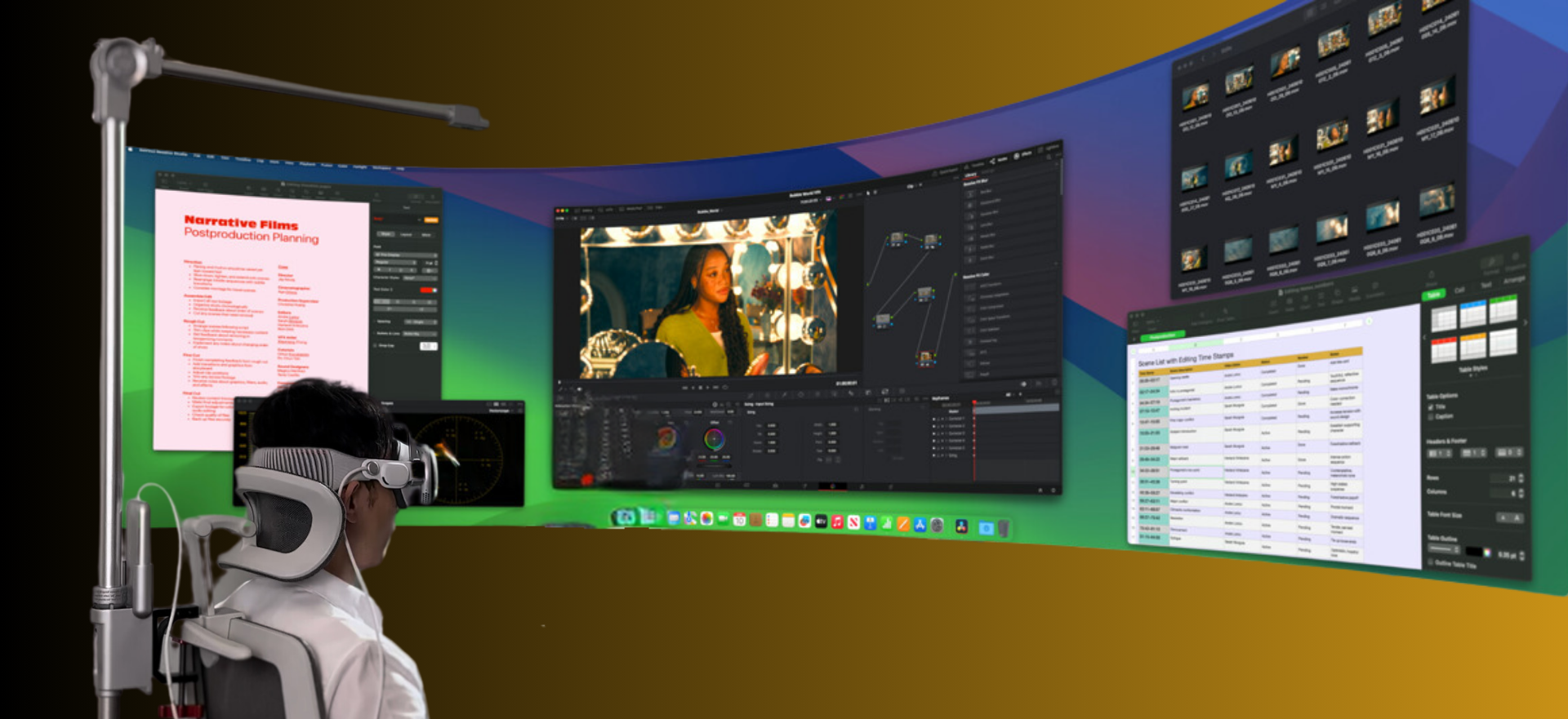
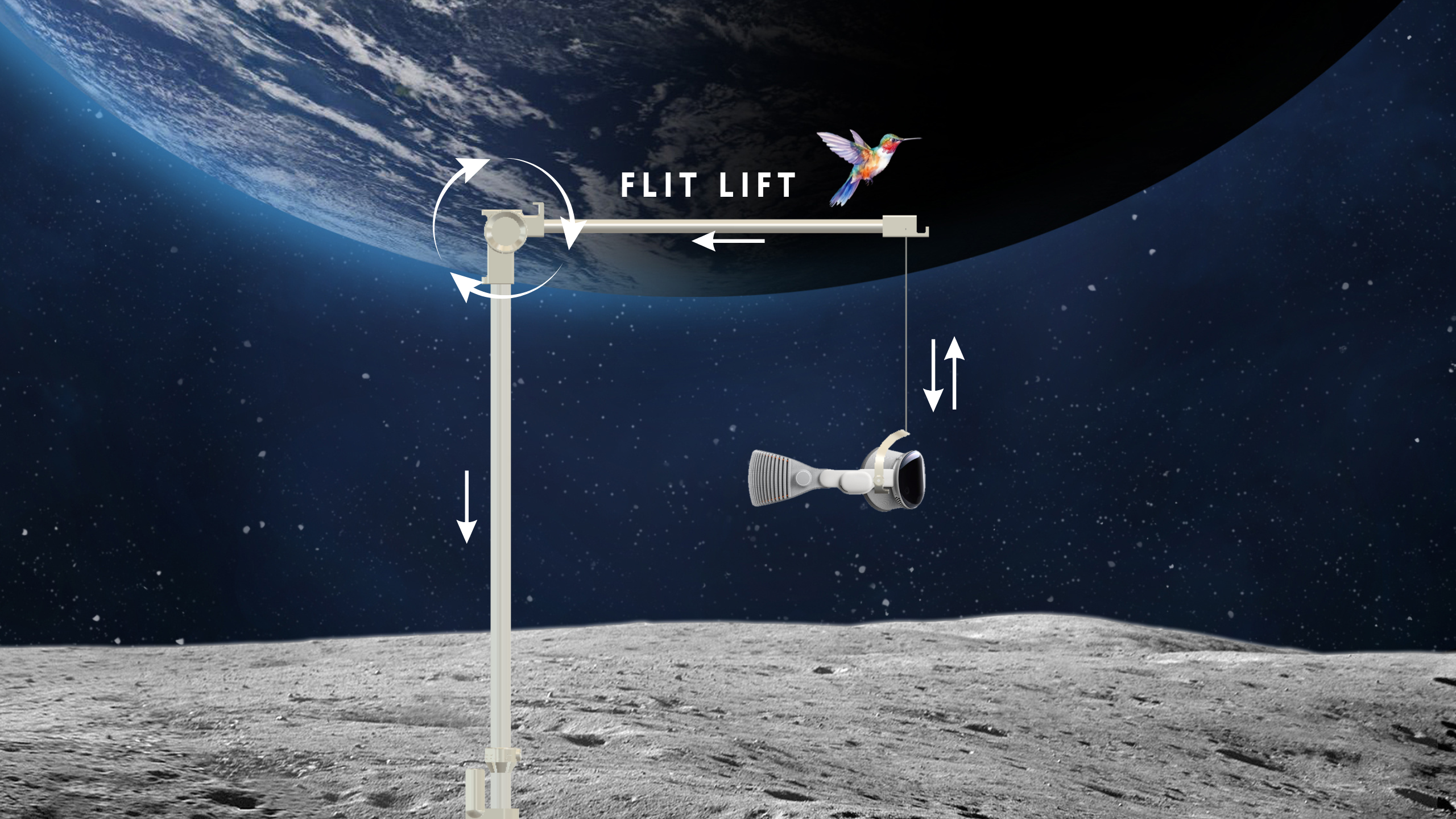

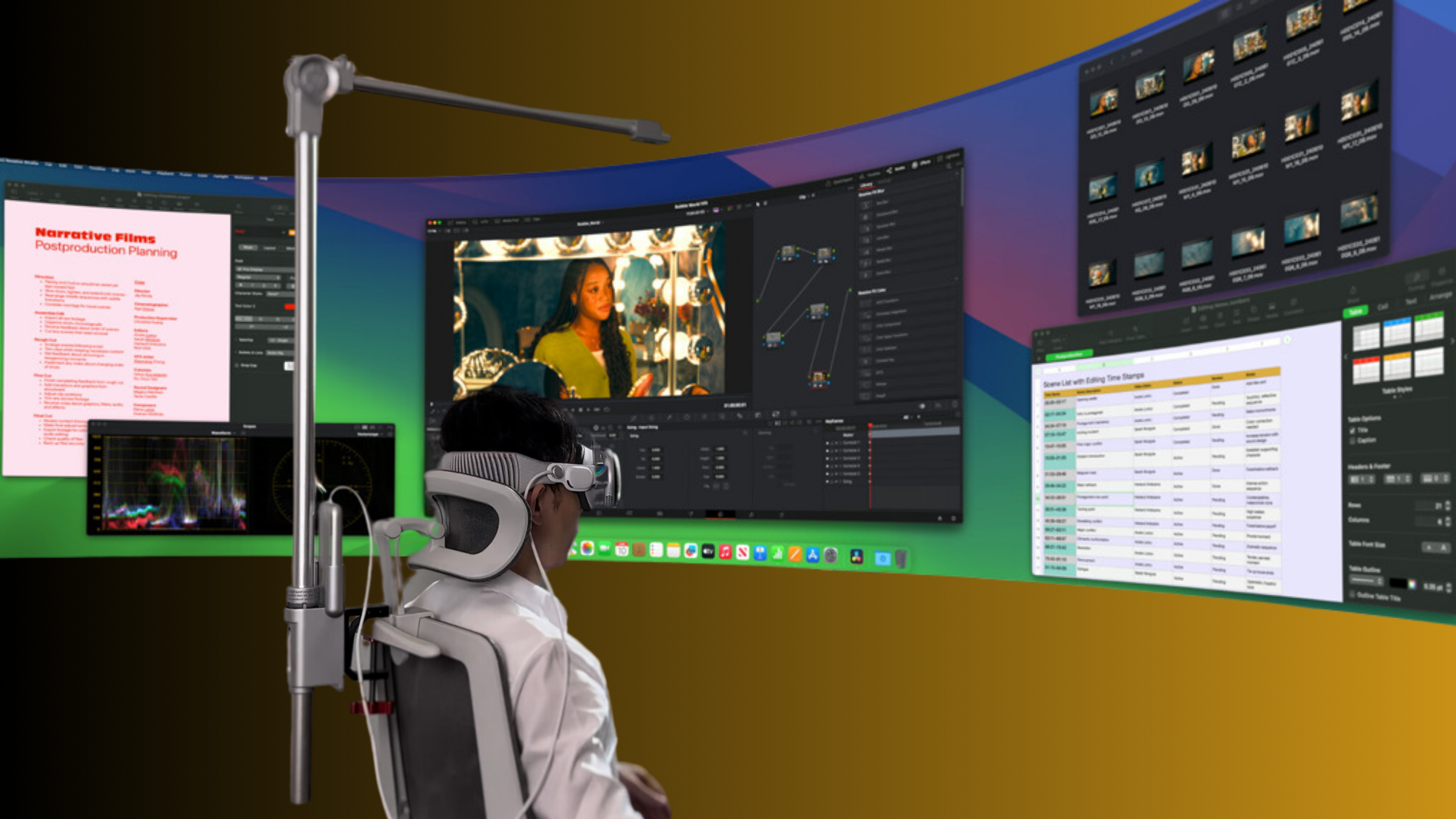

Share:
Ergonomic Secrets: Reducing Neck and Shoulder Fatigue with Flit Lift in VR
Ergonomic Weight Distribution in VR: Designing Flit Lift Compatible Setups That Feel Light